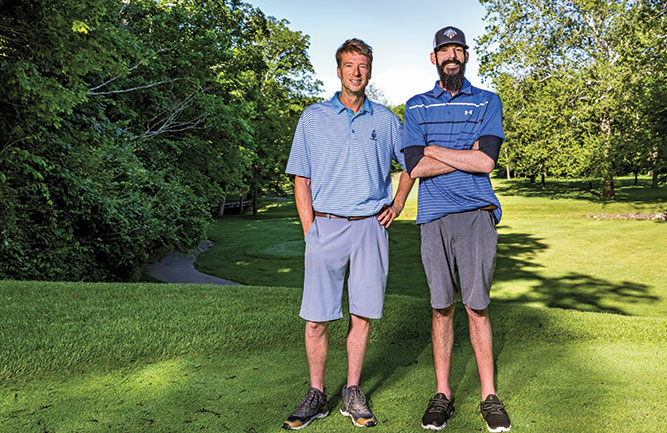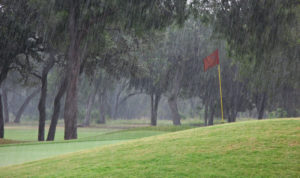What’s in a name?
Head golf course superintendent, director of golf course and grounds maintenance, director of agronomy. First assistant, second assistant, senior assistant, junior assistant, assistant-in-training.
There are now dozens of titles used to describe the roles of superintendents and their assistants. Our job titles are limited only by our, or our employer’s, imagination.
And to think that at the turn of the 20th century, when the game of golf was starting to gain momentum in the U.S., we were known simply as greenkeepers or foremen. The majority of our brethren in Great Britain and Ireland have retained the greenkeeper title in some iteration to this day. But in true American fashion, we decided we needed to improve upon it whether we needed to or not.
I’ve always wondered about this shift in job title, and inadvertently came across the answer while I was reading some articles from the 1930s on another topic on the Turfgrass Information File. (Right about now you’re wondering what kind of dork sits around on a Saturday reading 80-year-old turf articles. What can I say? I’m alarmingly one dimensional.)
The idea to transition from greenkeeper to superintendent seems to have started in 1930 or 1931. In the June 1931 issue of The National Greenkeeper, Col. John Morley, the founder of the National Association of Greenkeepers of America, which was the precursor to today’s GCSAA, wrote an editorial on the topic. In it he stated that he had, “received a number of letters from several of (the association’s) leading greenkeepers relative to the advisability of changing the name of our profession from greenkeeper to that of superintendent of golf courses.”
He goes on to say that while he was in favor of changing the title to “a more appropriate scientific word,” he was not in favor of the term superintendent. He ends up advocating for the title of golf course manager so as to put the greenkeeper on equal footing with the clubhouse manager in the eyes of the membership and the public in general.
Several officers and district vice-presidents of NAGA weighed in with their opinions in the July 1931 issue of The National Greenkeeper, with the majority being against the change in terminology for various reasons, but most of the arguments essentially came down to tradition. Huge shocker, right? Reticence to change in golf based on tradition — hard to believe, but it’s apparently happened.
While there seems to be a slight increase in the use of the term “superintendent” after this editorial, “greenkeeper” still appears to be the term used most often in industry publications and the mainstream press until the late ’30s.
In 1938, the NAGA changed itmas name to the Greenkeeping Superintendents Association. A cursory review of the literature from 1937 through the early ’40s shows a pronounced increase in use of the term “golf course superintendent” but “greenkeeper” is still the prevalent term.
Many local chapters were approving the switch in terminology, but according to editorials from the period, it was a somewhat divisive issue and may have even prompted the newly renamed National to choose a name that would appease both sides.
By the early ’50s, it appears from the literature that “golf course superintendent” and “greenkeeping superintendent” were the commonly accepted terms. Reflecting this change in popular terminology, the GSA, after having changed its name again in 1949 to the National Association of Greenkeeping Superintendents, changed for the final time in 1951 to the Golf Course Superintendents Association of America.
Whatever you want to call it, the job remains the same. It’s amazing how similar the issues and challenges of the 21st century superintendent are to those of the 1930s greenkeeper.
One thing is for sure: 80 years later we’re still all cut from the same cloth regardless of what we call ourselves.










